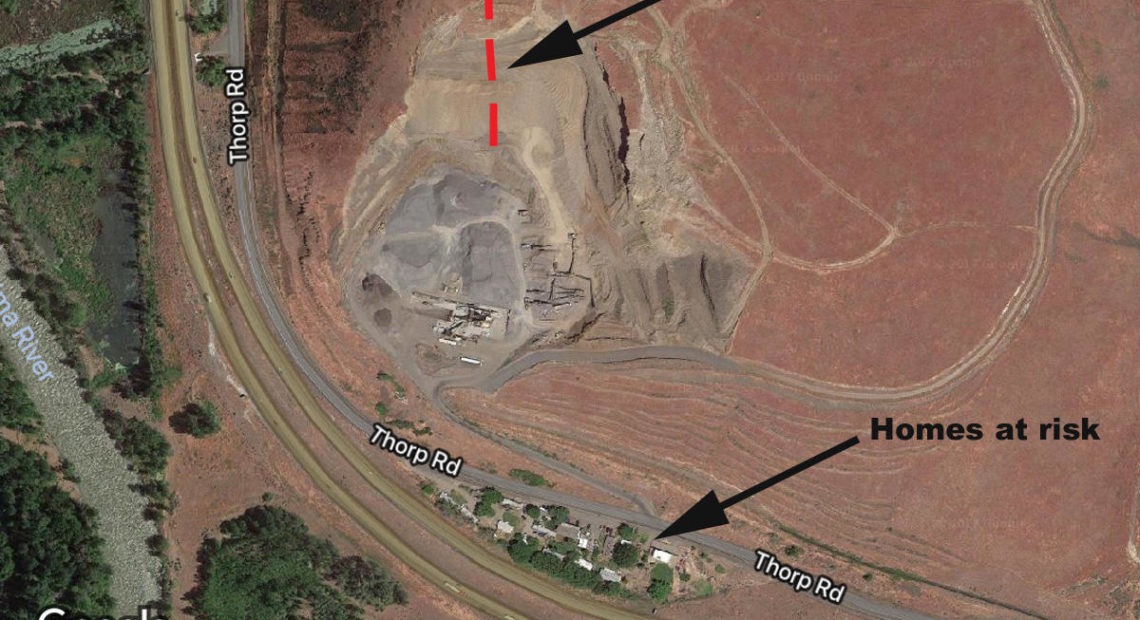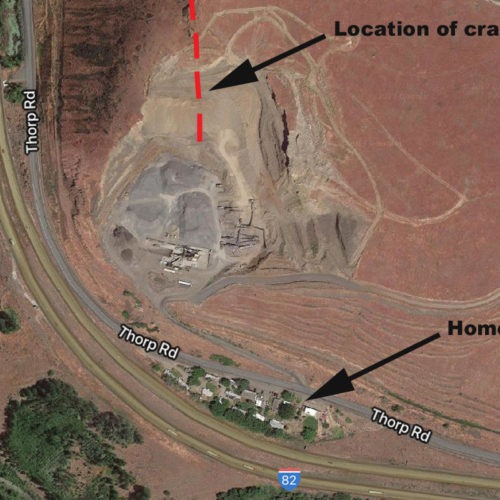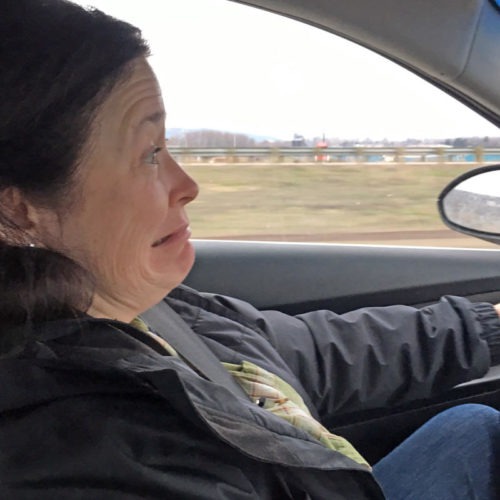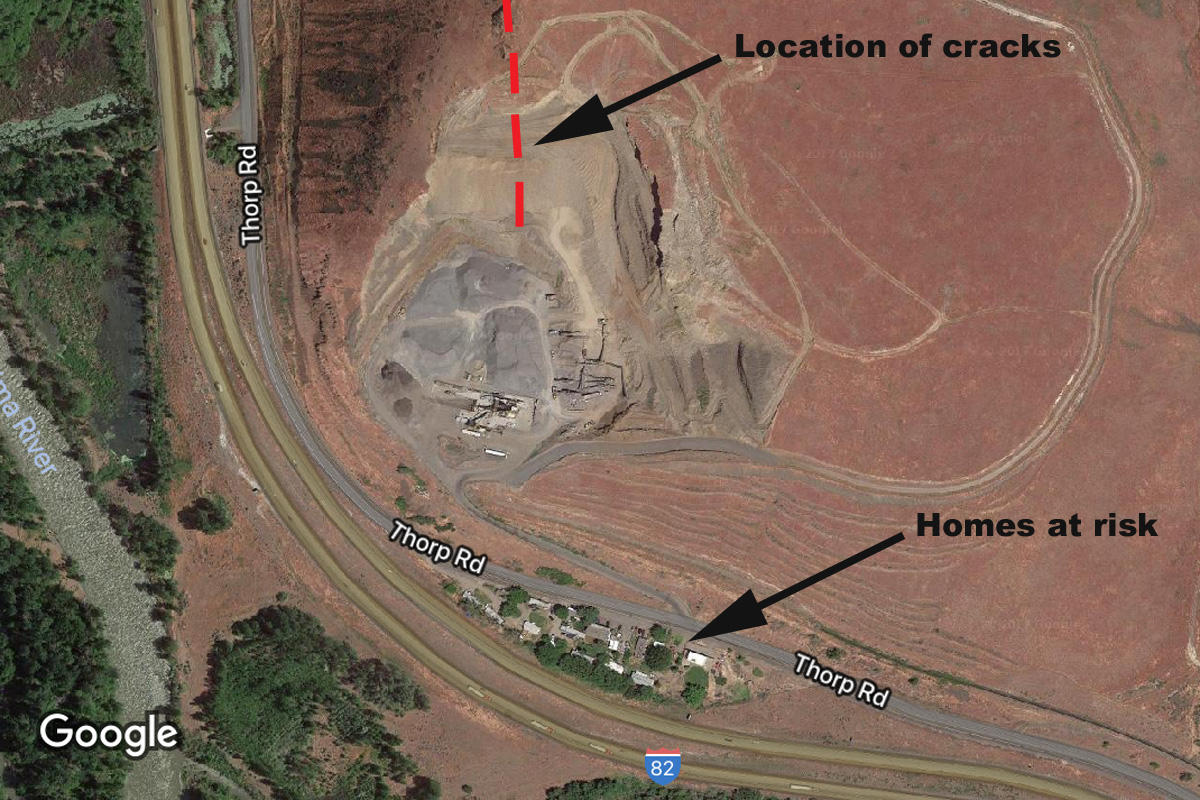
Still Sliding, Just Not So Fast: What’s Up With The Rattlesnake Ridge Landslide One Year Later
Read On
At this time last year, authorities in Central Washington were on high alert because of the slow-moving Rattlesnake Ridge landslide near Yakima. A year later, what’s changed?
The landslide isn’t quite over – yet. But it has slowed down significantly.
What used to move at a foot and half a week, now creeps at less than five inches per week.
Horace Ward is the senior emergency planner with the Yakima County Office of Emergency Management. He says that after the initial build up, geological reports suggested the landslide would continue moving slowly for decades.
“A lot of the rockfall that has been observed since last January has kinda subsided,” Ward said. “Now that the weight is just readjusted, it may just end up stopping. Then we may have this big, ugly hangnail just sitting there in the gap.”
About half of the residents who lived near the landslide evacuated in January 2018 and moved to new housing. The others moved back in.
The Washington Department of Natural Resources and other authorities continue to monitor the ridge but don’t expect anything to change drastically.
According to Ward, the one upside of the ordeal is that the slow movement has allowed scientists to study the landslide in greater detail than they could with faster moving debris. The Pacific Northwest Seismic Network and University of Oregon have been tracking minor shifts with seismic monitors.
Related Stories:

Yakima County Closes Road Near Rattlesnake Ridge Indefinitely
Yakima County Commissioners voted this week to officially close a road at the base of the slow-moving Rattlesnake Ridge landslide in Union Gap.

For Displaced Rattlesnake Ridge Residents, Emergency Goes On As They’re Told To Return Home
The emergency is over for now at Rattlesnake Ridge near Yakima. The state says a major, sudden landslide is no longer imminent, and Yakima County has lifted its evacuation order and told residents they can move back home. But that’s easier said than done.

Nervous Drivers Still ‘Shooting The Gap’ At Rattlesnake Ridge Landslide
The emergency seems to be over for now at the slow-moving landslide at Rattlesnake Ridge near Yakima. The state has taken down warning signs on the highway below. But for some, the drive is still nerve wracking. They’ve coined a phrase for driving quickly past the slide: “Shooting the Gap.”
















